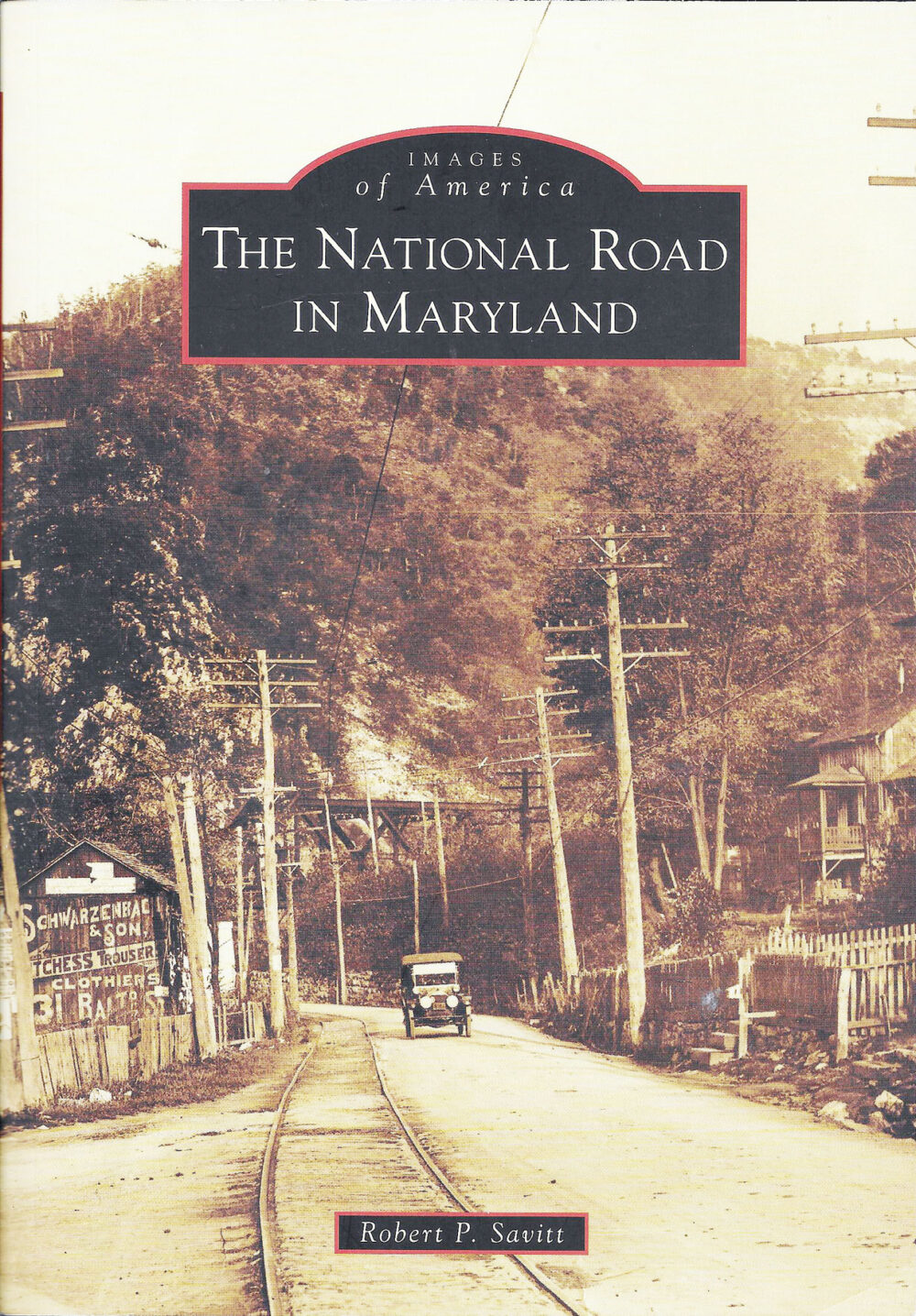Joan Bittner Fry
Since 1942, when it was established by President Franklin D. Roosevelt as “Shangri-la,” this isolated camp in the hills of Western Maryland has served as an official Presidential retreat and has often been the site of conferences and decisions of national and international significance. Prior to its existence, diplomats vacationed at Pen Mar or met at Camp Ritchie. In April 1935, President Herbert Hoover, Theodore Roosevelt, Jr., and leaders of the Maryland Republican Party enjoyed the opening of the fishing season at Camp Ritchie.
In 1954, the Federal government created Catoctin Mountain Park, which surrounds Camp David and is primarily a wilderness and public recreational area. The remainder of the area was transferred to the State of Maryland, which now operates it as Cunningham Falls State Park.
Every president since Franklin D. Roosevelt, 1933-1945, (wife Eleanor) has made use of the retreat. Then named Shangri-la, Roosevelt hosted Sir Winston Churchill in May of 1943. It is said that during this visit, the President and Prime Minister took some time to tour the general area. According to Churchill, they fished in Hunting Creek. Some remember their visiting Fred Tresselt’s goldfish ponds, and that Churchill, who kept a similar pond in England, talked at great length with Mr. Tresselt. The Secret Service swore Tresselt to secrecy about the meeting. On their return to Shangri-la, while the President waited in the car, Churchill surprised Camp Cozy proprietor, Wilbur Freeze, by stopping there for a beer and to play the jukebox, which Mr. Freeze had to explain how it worked.
President Harry S. Truman, 1945-1953, (wife Bess) rarely used the retreat.
President Dwight David Eisenhower, 1953-1961, (wife Mamie) was a frequent visitor to the retreat and held the first cabinet meeting there. He renamed the retreat Camp David after his grandson and also renamed the main lodge from “The Bear’s Den” to “Aspen.” He played golf at the Monterey Country Club’s golf course. The Eisenhowers repaired, repainted, and refurnished most of the cabins, and added a large flagstone terrace and outdoor cooking facility at the main lodge. A golf green and several tees were also installed. Their most famous guest was Nikita Khrushchev of the Soviet Union. The Eisenhowers owned a farm 20 miles to the north in Gettysburg, Pennsylvania, and found the retreat to be convenient while a residence was being erected on the farm.
President John F. Kennedy, 1961-1963, (wife Jackie) and his family often enjoyed horseback riding and other recreational activities. Kennedy often allowed white House staff and cabinet members to use the retreat when he was not there.
President Lyndon B. Johnson, 1963-1969, (wife Lady Bird) often met with important advisors there and hosted Australian Prime Minister Harold Holt.
President Richard M. Nixon, 1969-1974, (wife Pat) was a frequent visitor and did much to add to and modernize the facilities. It was his favorite retreat from Washington for relaxing and for meeting with foreign dignitaries.
President Gerald R. Ford, 1974-1977, (wife Betty) often rode his snowmobile around Camp David and hosted Indonesian President Suharto.
President James E. Carter, Jr. (Jimmy), 1977-1981, (wife Rosalynn) brokered the Camp David accords here in September 1978 between Egyptian President Anwar al-Sudat and Israeli Prime Minister Menachem Begin.
President Ronald W. Reagan, 1981-1989, (wife Nancy) visited the retreat more than any other president to date (see excerpt from Nancy Reagan’s book, My Turn).
President George H.W. Bush, 1989-1993, (wife Barbara) visited often. In 1992, their daughter, Dorothy Bush Koch, was the first person to be married at Camp David.
President William J. Clinton, 1993-2001, (wife Hillary) used Camp David more as his tenure in office progressed, and hosted British Prime Minister Tony Blair on several occasions, in addition to several celebrities.
President George W. Bush, 2001-2009, (wife Laura) reportedly visited Camp David 149 times. He hosted dignitaries there, including British Prime Minister Gordon Brown in 2007.
President Barack H. Obama, 2009, (wife Michelle) visited the retreat several times.
President Trump, 2016-present, (wife Melania) has used Camp David as one of several alternatives for visiting or hosting meetings of importance. He has employed the secluded space in Catoctin Mountain Park to host members of Congress and his Cabinet.


